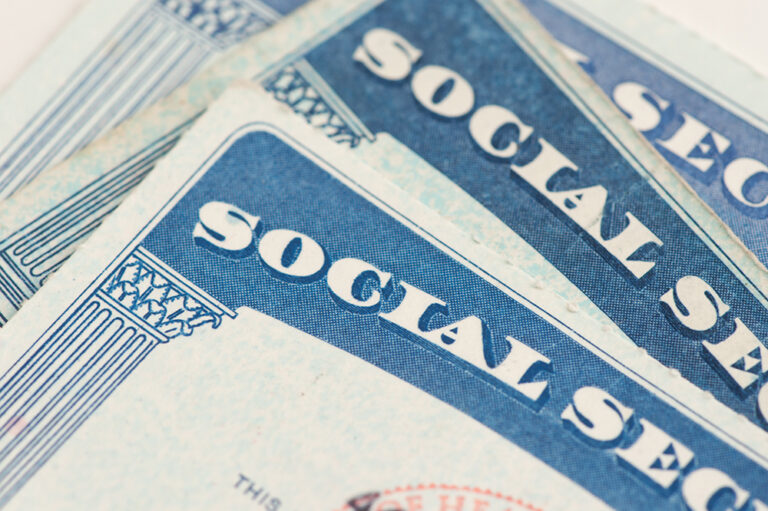What Are Excise Taxes and How Do They Affect the Federal Budget?
Excise taxes are levied on specific goods or services. The largest excise taxes on the federal level are related to highways, aviation, tobacco, and alcohol. Here we take a closer look at excise taxes in the United States and examine how they fit into the federal budget.
Excise Tax Overview
There are four types of federal excise taxes:
- Sumptuary taxes are implemented to discourage certain behavior that is deemed harmful to consumers and society. For example, sumptuary taxes — sometimes referred to as sin taxes — are levied on alcohol and tobacco to restrain demand for such goods and activities.
- Regulatory taxes are implemented to discourage behavior that negatively impacts society or to offset the costs associated with regulating public safety. Taxing pollution is an example of a regulatory tax.
- Benefit-based taxes are excise taxes in which the users of a public good pay for the financing and maintenance of that public good. Excise taxes on national park visitors and highway users are examples of benefit-based taxes.
- Luxury taxes are imposed to raise revenues from higher-income households. For example, the federal government used to impose an excise tax on luxury vehicles, furs, and yachts.
How Do Excise Taxes Fit into the Federal Budget?
Excise taxes occupy a small portion of the federal budget. In 2023, excise tax receipts totaled $76 billion, or 0.3 percent of gross domestic product (GDP), and comprised 2 percent of the federal government’s revenues. By comparison, individual income taxes made up 49 percent of the federal government’s revenues and payroll taxes made up 36 percent. According to the Congressional Budget Office, excise tax revenues are projected to remain at 0.3 percent of GDP for most of the next decade.
The largest excise taxes relate to surface transportation, air travel, tobacco, and alcohol. Excise taxes are also imposed on some prescription drugs, corporate stock repurchases, hazardous substances, aquatic resources, indoor tanning services, and coal.
Revenues from excise taxes are often credited to trust funds to ensure that the funds are applied to their associated programs. For example, revenues generated from excise taxes on the sale of motor fuels, trucks and trailers, and truck tires go into the Highway Trust Fund (HTF). The HTF then funds the maintenance of highways and bridges, buses, railways, subways, ferries, and other modes of transportation. However, the HTF faces funding shortfalls and without a solution, the fund will be depleted by 2028.
Federal excise taxes are also generally regressive, meaning households with lower incomes pay a larger share of their income on such goods and activities than households with higher incomes. For example, in 2020, the average excise tax rate for people in the lowest income quintile was 1.4 percent compared to 0.3 percent for people in the highest quintile.
How Have Excise Taxes Changed Over Time?
The first federal excise tax was imposed on whiskey in 1791. From the late 18th century to the mid-20th century, excise tax revenues were often used during times of war to source emergency funds. For example, excise taxes on items such as sugar, tea, almonds, and coffee were imposed to raise money for the Civil War in the Revenue Act of 1861. In the decades following, excise taxes made up between one-third and one-half of all federal revenues. However, revenues from such taxes have decreased over time both as a proportion of all federal revenues and as a percentage of GDP.
Revenues from excise taxes have fallen over time as a percentage of GDP, in part because of how taxes are applied on certain goods and because of consumption trends over time. In 1934, when such data were first collected, excise tax revenues comprised 2.2 percent of GDP. Excise tax revenues peaked at 3.1 percent of GDP in 1946, but have otherwise generally declined subsequently. A brief spike in revenues occurred in the early 1980s during the enactment of an excise tax on the oil industry’s windfall profits, but that tax phased out by 1993. In 2023, excise taxes totaled 0.3 percent of GDP.
One explanation of why such revenues have declined is because many excise taxes are applied on a per-unit basis, meaning the tax is applied on each unit produced, purchased, or sold. If the tax is applied per-unit, the real value of the tax falls over time since it is not tied to inflation. For example, the federal excise tax rate on gasoline is 18.4 cents per gallon and has not increased since 1993. Because the gas tax is not tied to inflation, its purchasing power has eroded; if it had been adjusted for inflation, the tax would be 40 cents per gallon today. Some excise taxes, though, are applied on an ad valorem basis, meaning the tax is applied as a percentage of the price. Ad valorem taxes maintain their real value because they are attached to the price of the good, which generally increases over time with inflation.
Another reason why excise tax revenues have declined is because they are only levied on a few items, which are subject to long-term consumption trends that impact the quantity demanded, and therefore, excise tax revenues. For example, while states have changed their tobacco tax rates, federal excise taxes on tobacco have remained the same since 2009. The amount of tobacco products sold, on the other hand, has decreased, causing federal revenues from the excise tax on tobacco to fall from $17 billion in 2010 to $10 billion in 2023.
Conclusion
While excise taxes produce a small portion of federal tax revenues, they are important policymaking tools to incentivize or discourage certain behavior and finance public goods. As lawmakers continue to look for solutions to our widening fiscal imbalance, excise taxes can be a meaningful piece of the puzzle.
Photo by Kevin Trimmer/Getty Images
Further Reading
Should We Eliminate the Social Security Tax Cap?
There have been a number of proposals to increase, eliminate, or otherwise adjust the payroll tax cap as a way to shore up Social Security’s finances.
The Fed Reduced the Short-Term Rate Again, but Interest Costs Remain High
High interest rates on U.S. Treasury securities increase the federal government’s borrowing costs.
No Taxes on Tips Will Drive Deficits Higher
Here’s how this new, temporary deduction will affect federal revenues, budget deficits, and tax equity.


